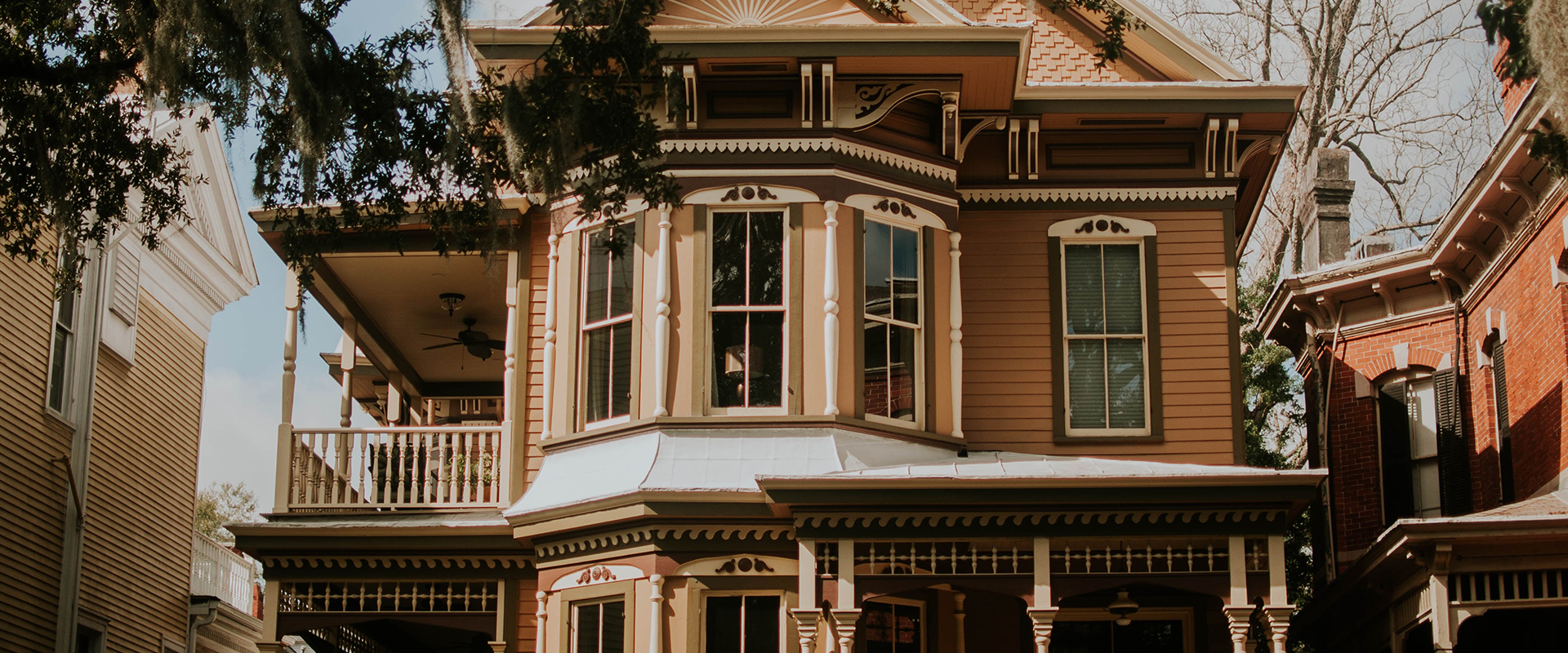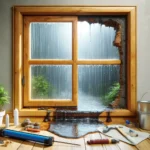When to do the caulking again?
When you notice that the existing caulk has cracks or starts to peel off prematurely, it’s time to consider a caulk change. These signs indicate that Air and water can seep in inside your building, which can lead to insulation and protection issues. The timing of these problems can vary from opening to opening and from façade to façade, depending on the Types of caulking used initially and the quantities applied.
Changing caulking: Signs of weakness from the age of 5 or 6
Why these weaknesses?
The small quantities applied initially do not resist the effects of the Quebec climate and experience a lot of stress during the drastic temperature changes we are experiencing. In addition to being as aesthetically pleasing as possible, sealant joints have the main function of make the perimeter of doors and windows watertight.
The Elite Caulking Professional Solution
Here are the recommendations of your favorite caulking company on the North Shore
For it to be the most effective and durable, it is essential that the joint adheres to as much surface area as possible on both sides of the frames and substrates.
The larger the adhesion surface, the longer the joints will remain watertight.
Unfortunately, caulking experts all too often see joints that barely touch the edge of the frames and start to peel off as soon as the materials have suffered the first effects of the changing seasons.
The wider the seal and adheres to the maximum surface area, the longer it will last.
 The Polyurethane and silicone sealants are of great quality and are among those that last a very long time. Applied according to industry standards and manufacturers’ recommendations, they can really last between 20 and 25 years. As well as Our caulking expert mentions it in our Advice page, We only use this professional quality and our seals are really wide than the original seals.
The Polyurethane and silicone sealants are of great quality and are among those that last a very long time. Applied according to industry standards and manufacturers’ recommendations, they can really last between 20 and 25 years. As well as Our caulking expert mentions it in our Advice page, We only use this professional quality and our seals are really wide than the original seals.
Technical reminder of installation
In order to maximize the life of the new sealant, it is important to remove the old sealant and Clean the surfaces with the appropriate products that will promote the adhesion factor of the new installation. It is also very important to note that there are different types of sealing sealing joint compounds designed specifically for certain substrates such as:
- Brick,
- Concrete,
- The stone,
- Vinyl,
- Aluminium,
- The aggregate,
- Acrylic,
- Wood,
- The glass… and more
In some cases, some surfaces may even have to be prepared. A Caulking Contractor will use the most appropriate sealant and will avoid an unfortunate mistake if you had considered doing the work yourself.
FAQ Changing Exterior Caulking: Everything You Need to Know to Protect Your Home




